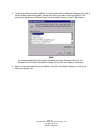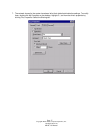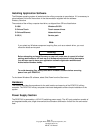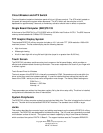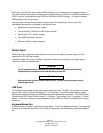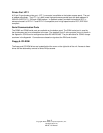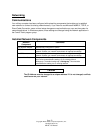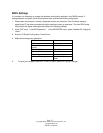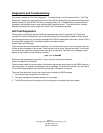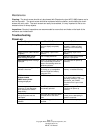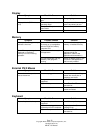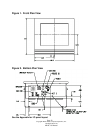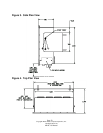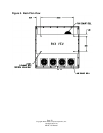
Page 24
Copyright March 2003, Computer Dynamics, Inc.
All Rights Reserved
MPAC-18 Manual
Diagnostics and Troubleshooting
This section consists of “Self-Test Diagnostics,” “Troubleshooting,” and “Corrective Actions.” “Self-Test
Diagnostics,” describes how to respond to errors that could be detected by the automatic self-test that is
performed each time the DP027010 military computer powers up. “Troubleshooting” contains tables of
symptoms, their possible causes, and recommended corrective actions. “Corrective Actions” contains
detailed procedures that are too lengthy to include in the Troubleshooting tables.
Self-Test Diagnostics
The computer automatically performs self-test diagnostics each time it is powered up. The self-test
consists of a series of checks that verify correct performance of the computer hardware. When the self-
test is being performed, you will see the message XXXX KB OK displayed on the screen, where XXXX is
a number that increases until it matches the amount of usable memory.
System Test and Initialization
These routines test and initialize board hardware. If the routines encounter an error during the tests, you
will see an error message on the screen. There are two kinds of errors: fatal and non-fatal. If a non-fatal
error occurs, the system can usually continue the boot up sequence. Non-fatal error messages usually
appear on the screen with the following instruction:
press <F1> to RESUME
Write down the message and press the F1 key to continue the boot-up sequence.
System Configuration Verification
These routines check the current system configuration against the values stored in the CMOS memory. If
they don’t match, the program will generate an error message. To correct this condition, you will need to
run the BIOS setup program and correct the configuration information in memory.
There are three situations in which you might need to change the CMOS settings:
1
. You are starting your system for the first time.
2
. You have changed the hardware attached to your system.
3
. The CMOS memory had lost power and the configuration information has been erased.



